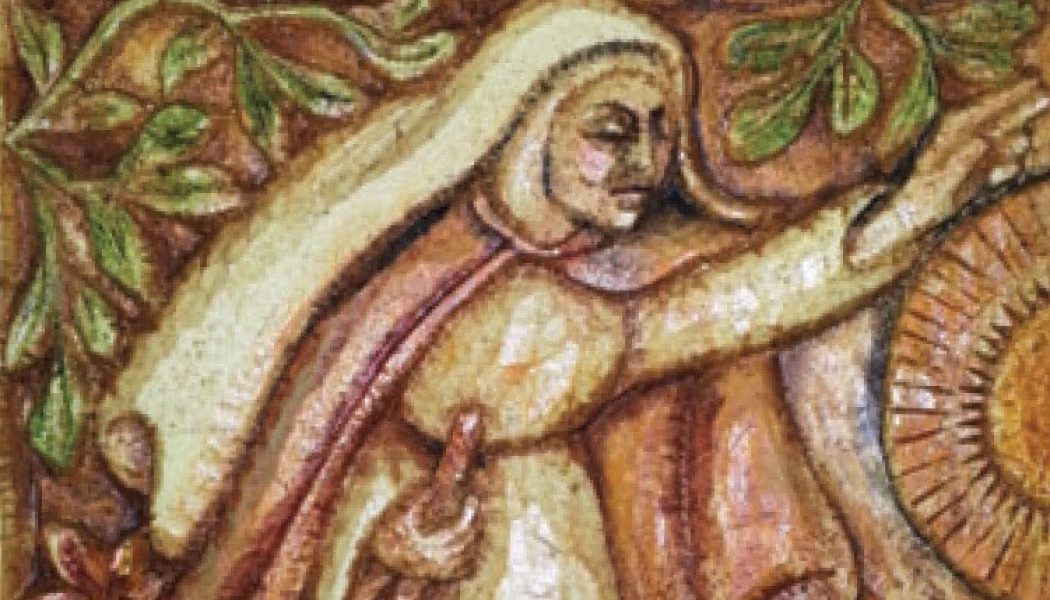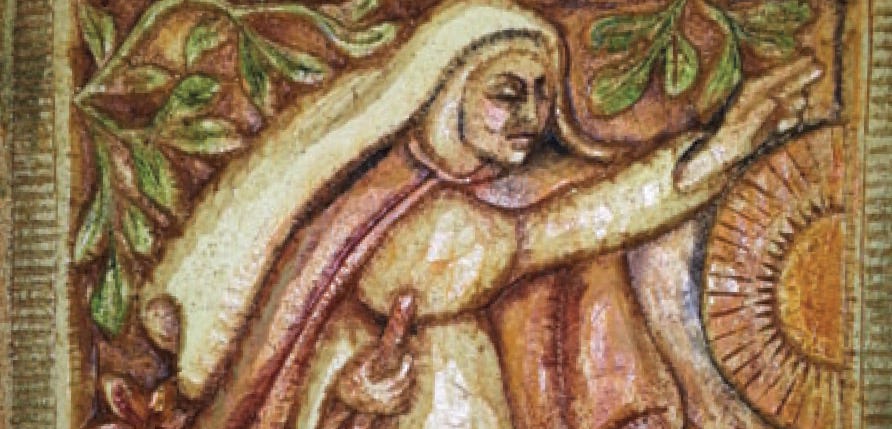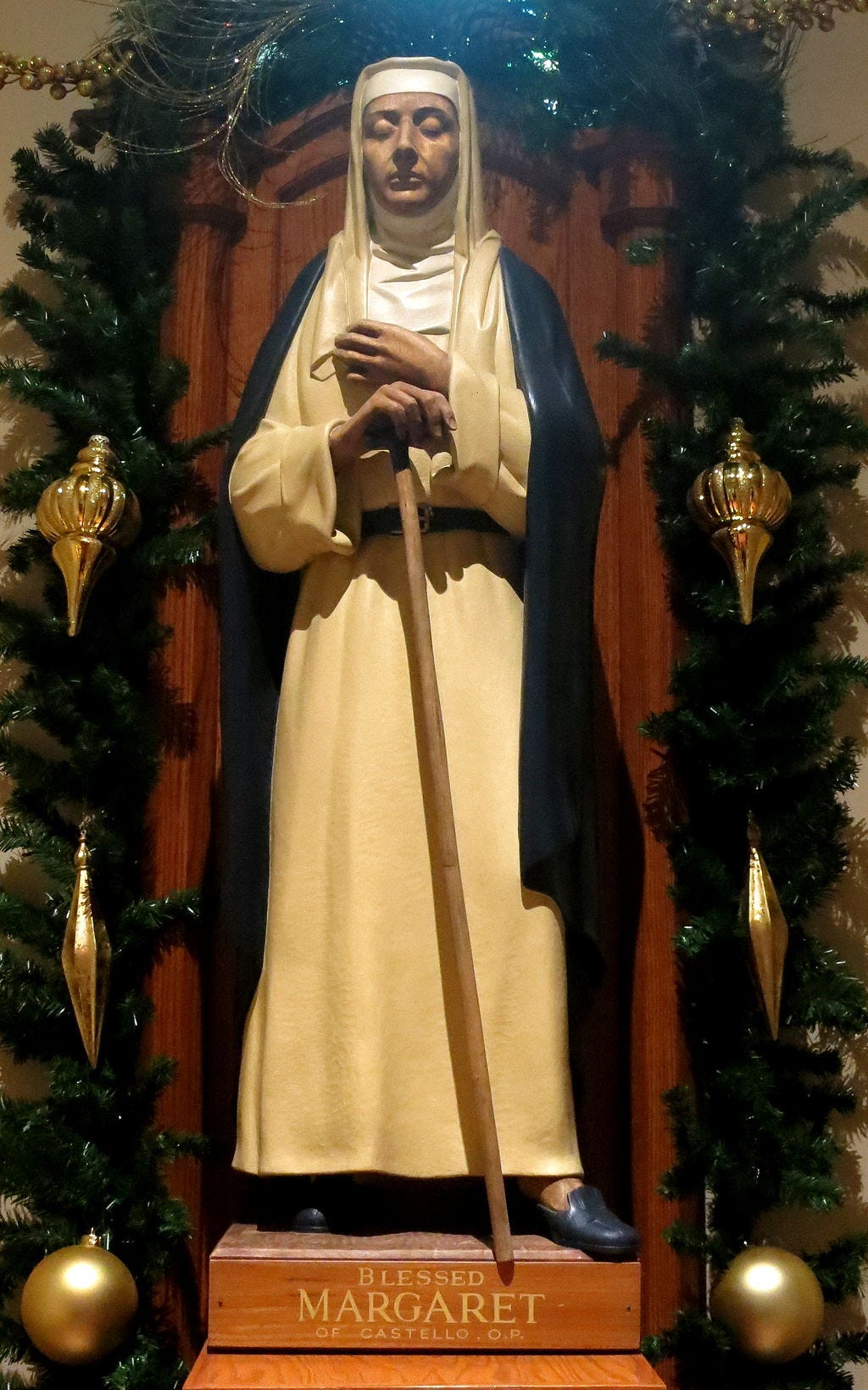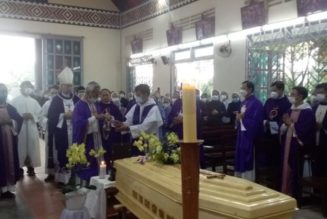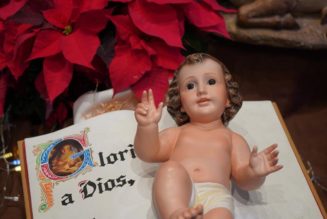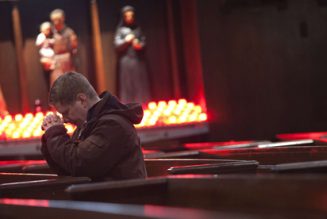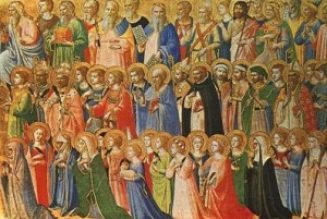Pope Francis on Saturday declared Margaret of Castello a saint, in a somewhat rare move called an “equipollent canonization.” Here’s what that means:
Margaret of Castello
Margaret of Castello was an Italian woman in the 13th and 14th centuries, and a member of the Dominican third order.
Her life was extraordinary.
She was born blind, with a curvature of the spine so severe it was almost impossible to walk, and with the condition now called dwarfism.
Her parents were minor nobles, overly concerned with social status, and they treated Margaret terribly. They were ashamed of her, and told people she had died in childbirth.
When Margaret was six, her parents got worried that people would find out about her. So they imprisoned her in a room off the family chapel. They sealed the room’s door after she was placed inside; they planned to keep her there for life. Food was passed through to her on a tray.
Only a priest was allowed to visit, through a window, to catechize her and bring her the Eucharist.
At some point the family had to move, but when they got to their new house, Margaret’s parents locked her in a small cell again. They didn’t want anyone to see her or know about her.
Under those circumstances, Margaret developed a remarkably strong faith.
When she was 15, her parents took her to a church in the town of Castello, where people were experiencing miracles. Her mother thought she might be cured. But when Margaret wasn’t cured, her parents abandoned her there and went home.
Local people took care of her. She slept in doorways or in the streets, and local beggars taught her to beg. Families gave her shelter from bad weather.
Eventually, she moved into a local convent, and there, she grew more fervent in faith. She came to know some nearby Dominican friars, and she became a third order Dominican. She loved being a Dominican, and, as many third order Dominicans did at that time, she wore her habit daily.
Margaret loved the people of Castello, who received her when no one else had. After she became a Dominican, she resolved to spend her life serving them. She opened a kind of school in town to catechize children. She visited local prisoners, and brought at least some who had abandoned the faith to repentance and confession. She took care of sick and dying people.
She was present and prayerful among the people of Castello, and the entire city grew to love her.
When she died in 1320 at age 33, the people of Castello demanded she be buried inside the church — an honor reserved mostly for nobles and priests. The entire town attended her funeral; and a young girl unable to walk was said to be cured during the Mass.
She was declared a “Blessed” by the Church in 1609. Her feast day is April 13.
‘Equipollent’ canonization
On Saturday, Pope Francis made Margaret a saint by an “equipollent canonization.” That act means the pope decided to forego the usual judicial processes, formal attribution of miracles, and scientific examinations that involved in the canonization of a saint.
Instead, saying that Margaret’s life exemplifies heroic virtue, he formally confirmed the devotion to Margaret that already exists, and added her feast to the Church’s universal calendar.
Margaret is the sixth saint Pope Francis has declared by equipollent canonization. The others include mystics, missionaries, theologians, and Francois de Laval, the first bishop of Quebec.
The list of saints canonized by equipollent canonization includes Cyril and Methodius, Albert the Great, Thomas More, Doctor of the Church Hildegard of Bingen, and the English Monk St. Bede the Venerable..
(St. Bede became known shortly after he died as Bede the Venerable because he was recognizably holy. He’s still referred to that way, which is a little bit confusing because “venerable” is also a title bestowed on the path to sainthood. Still, he’s a saint. A venerable one.)
What is a saint anyway?
The Catechism of the Catholic Church explains that a canonized saint “practiced heroic virtue and lived in fidelity to God’s grace.”
By canonization, “the Church recognizes the power of the Spirit of holiness within her and sustains the hope of believers by proposing the saints to them as models and intercessors.”
The saints “do not cease to intercede with the Father for us,” the Catechism explains.
Patron of the disabled
St. Margaret of Castello is regarded as a patron saint of the disabled; groups like the National Catholic Partnership on Disability have praised her canonization, and asked the intercession of the Church’s newest saint.
Join Our Telegram Group : Salvation & Prosperity
